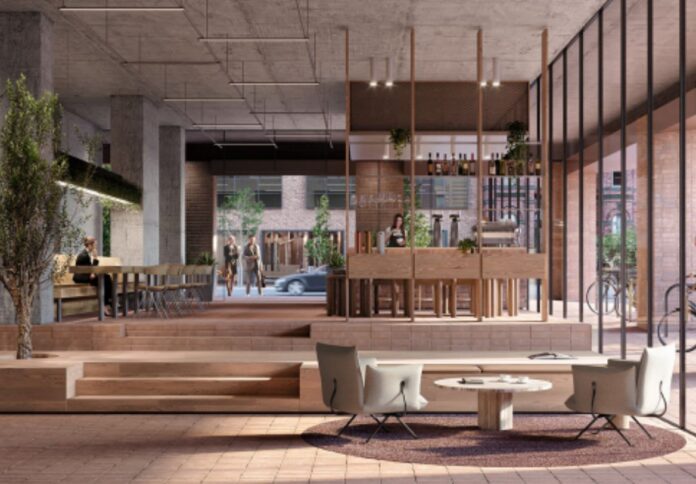
Australia’s property sector is expected to take on a bigger role in the country’s transition to net zero emissions with the rise of alternative building materials that offer immediate and long-term environmental benefits.
According to the Clean Energy Finance Corporation (CEFC), buildings account for more than 50 per cent of electricity consumption in Australia and contribute up to 25 per cent to the national greenhouse gas emissions.
As the latest innovations in mass timber engineering shift the construction materials industry, CEFC said the construction of better-performing buildings is among the fastest and most affordable solutions for addressing Australia’s energy and emission challenges.
Timber as a low-carbon alternative
In an effort to achieve long-term emissions reduction, the CEFC is backing opportunities across the investment lifecycle, from the development approval process to design, procurement, construction, and operations.
The CEFC established the $300 million Timber Building Program to accelerate the use of mass timber construction across Australia to cut embodied emissions and contribute to the country’s goal of achieving net zero emissions by 2050.
Michael di Russo, head of property for CEFC, said “Addressing embodied carbon emissions is the next frontier for the property sector. Timber can play a crucial role as a lower carbon alternative to conventional construction materials.”
Mass-engineered timber is manufactured using adhesives, dowels, or nails to laminate small timber pieces to form engineered products that can be stronger than solid wood products of the same dimensions. These products typically feature extensive prefabrication and on-site assembly.
Backing mass timber construction
The use of engineered timber can cut construction-related embodied carbon emissions by as much as 75 per cent when compared with conventional steel and concrete.
In addition to accelerating emissions reduction, the CEFC Timber Building Program is aimed at boosting local skills and experience as well as supply chains and delivery capabilities, all of which can catalyse more timber-based building activity in the future. The program targets Australian-based opportunities with a national, metropolitan, and regional focus.
Projects eligible to apply for the program funding include commercial offices, retail, and industrial projects; healthcare and education development; multi-residential apartments, retirement living and aged care; and hotel and student accommodation.
Eligible projects must use low-carbon engineered wood products in large-scale construction and leverage appropriately sourced and accredited timber materials.
For more information about the CEFC Timber Building Program, visit cefc.com.au.

















